Let’s Talk Gear: Graphite Iron Shafts 101
Decades after their introduction, there are still a lot of misconceptions about graphite iron shafts — especially when it comes to the question of who graphite iron shafts are for and how they can help a golfer’s game.
This video breaks down the origins of these misconceptions to help golfers understand the truth about graphite shafts. It also offers some great tips for club builders who are building with graphite iron shafts for the first time.
- LIKE30
- LEGIT2
- WOW0
- LOL0
- IDHT0
- FLOP0
- OB0
- SHANK5
Whats in the Bag
Rory McIlroy’s winning WITB: 2024 Wells Fargo Championship

Driver: TaylorMade Qi10 (9 degrees @8.25) Buy here.
Shaft: Fujikura Ventus Black 6 X
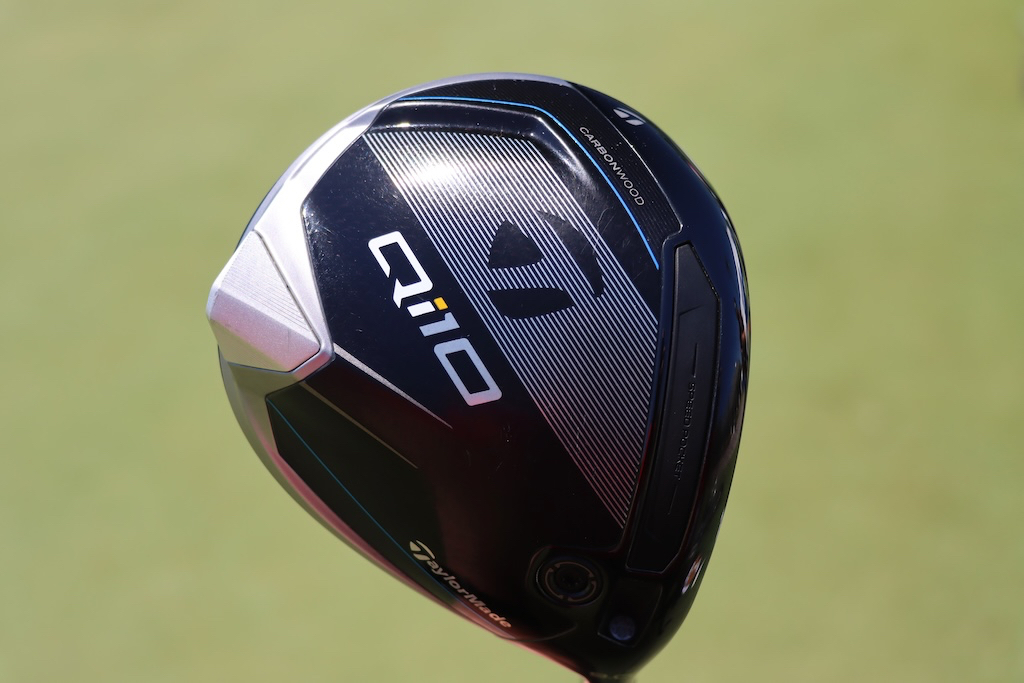
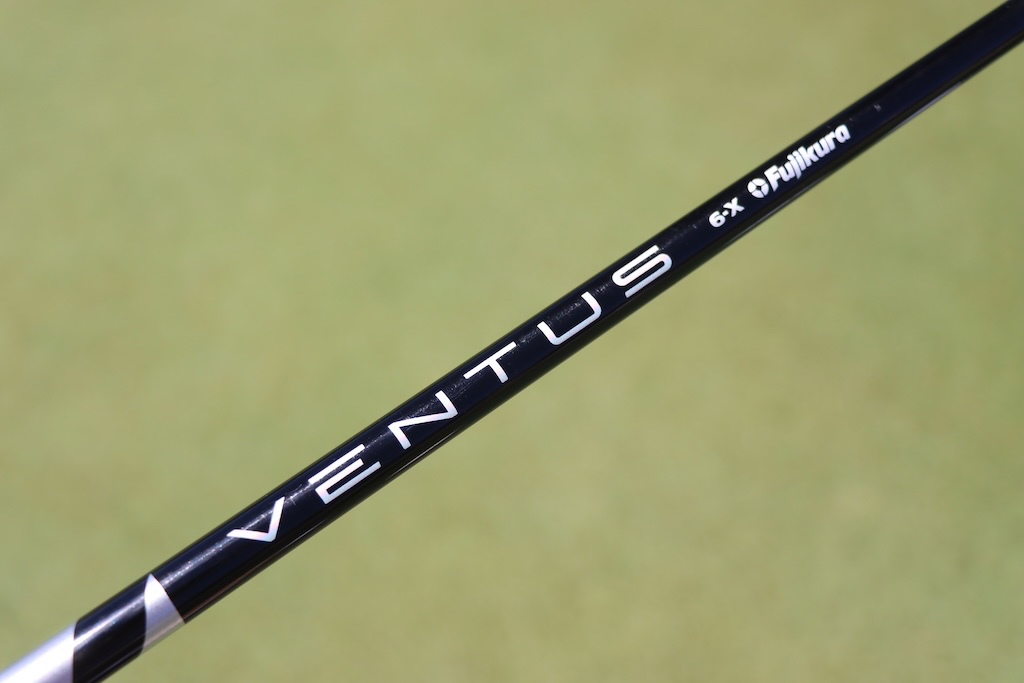
3-wood: TaylorMade Qi10 (15 degrees) Buy here.
Shaft: Fujikura Ventus Black 8 X
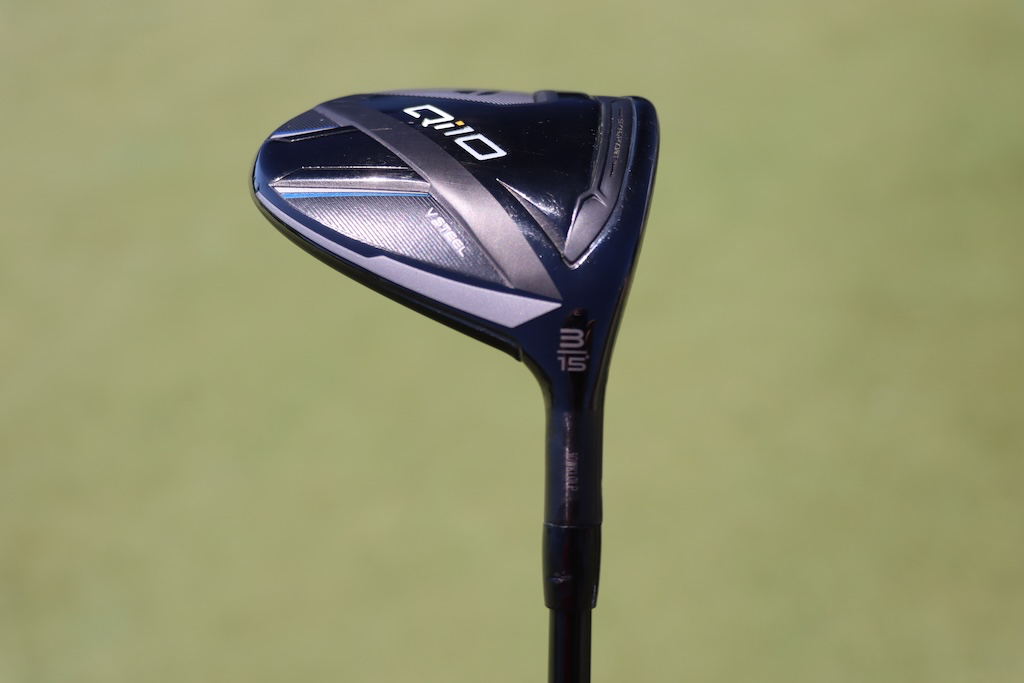
5-wood: TaylorMade Qi10 (18 degrees) Buy here.
Shaft: Fujikura Ventus Black 9 X
Irons: TaylorMade Proto (4), TaylorMade Rors Proto (5-9) Buy here.
Shaft: Project X 7.0 (4-9)
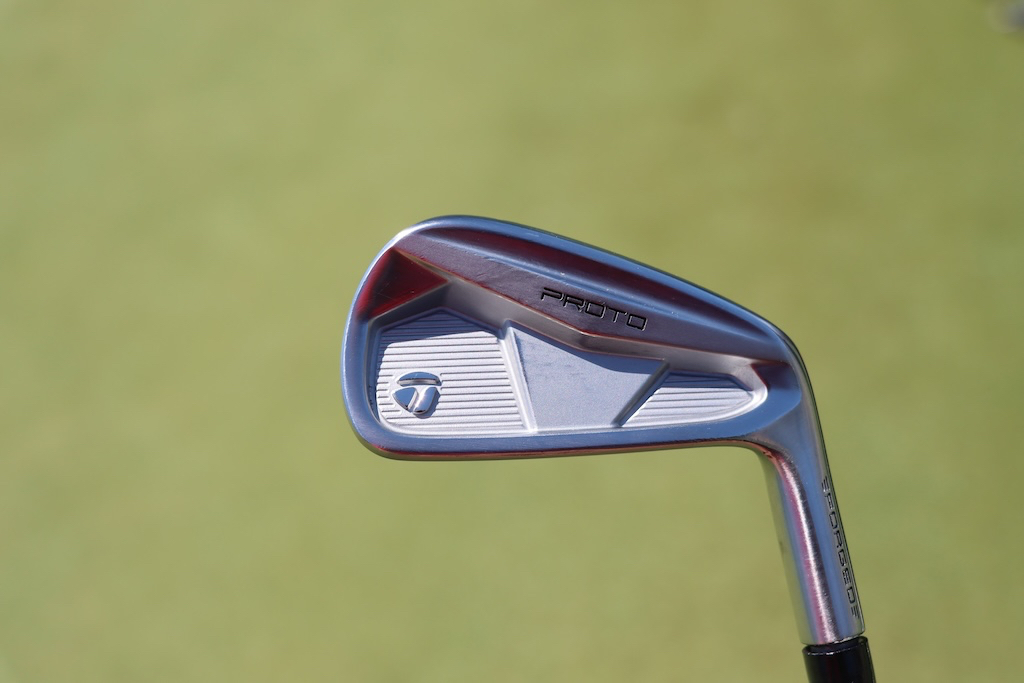

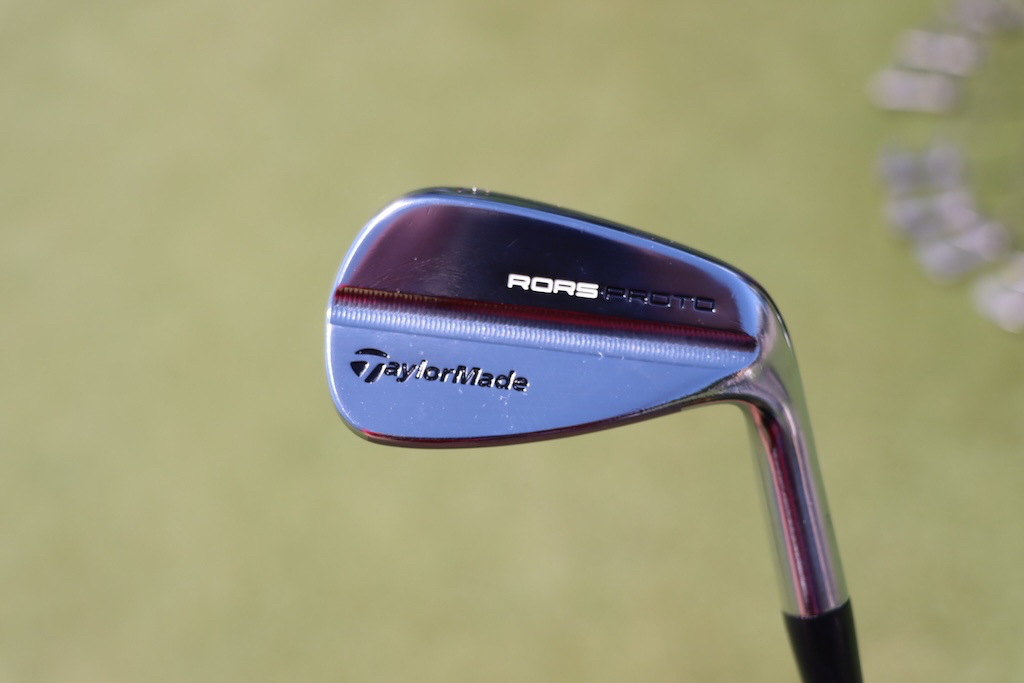
Wedges: TaylorMade MG4 (46-09SB, 50-09SB, 54-11SB) Buy here, Titleist Vokey Design WedgeWorks (58-K @59) Buy here.
Shafts: Project X 6.5 (46-54), Project X 6.5 Wedge (60)
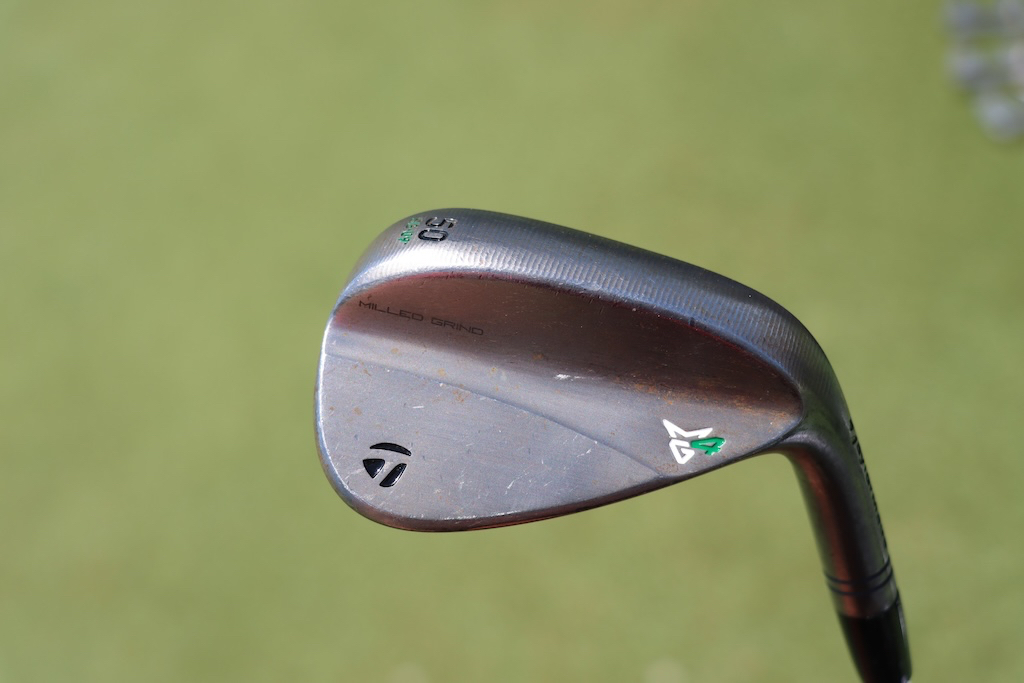
Putter: TaylorMade Spider Tour X3 Buy here.
Grip: SuperStroke Zenergy Pistol Tour
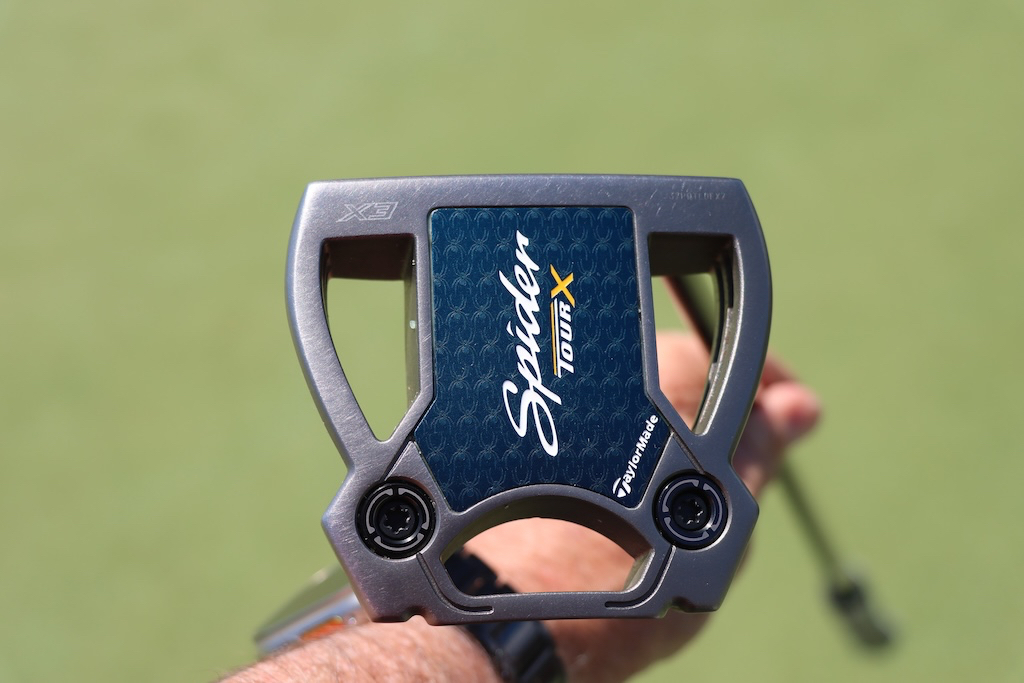
Ball: 2024 TaylorMade TP5x Buy here.
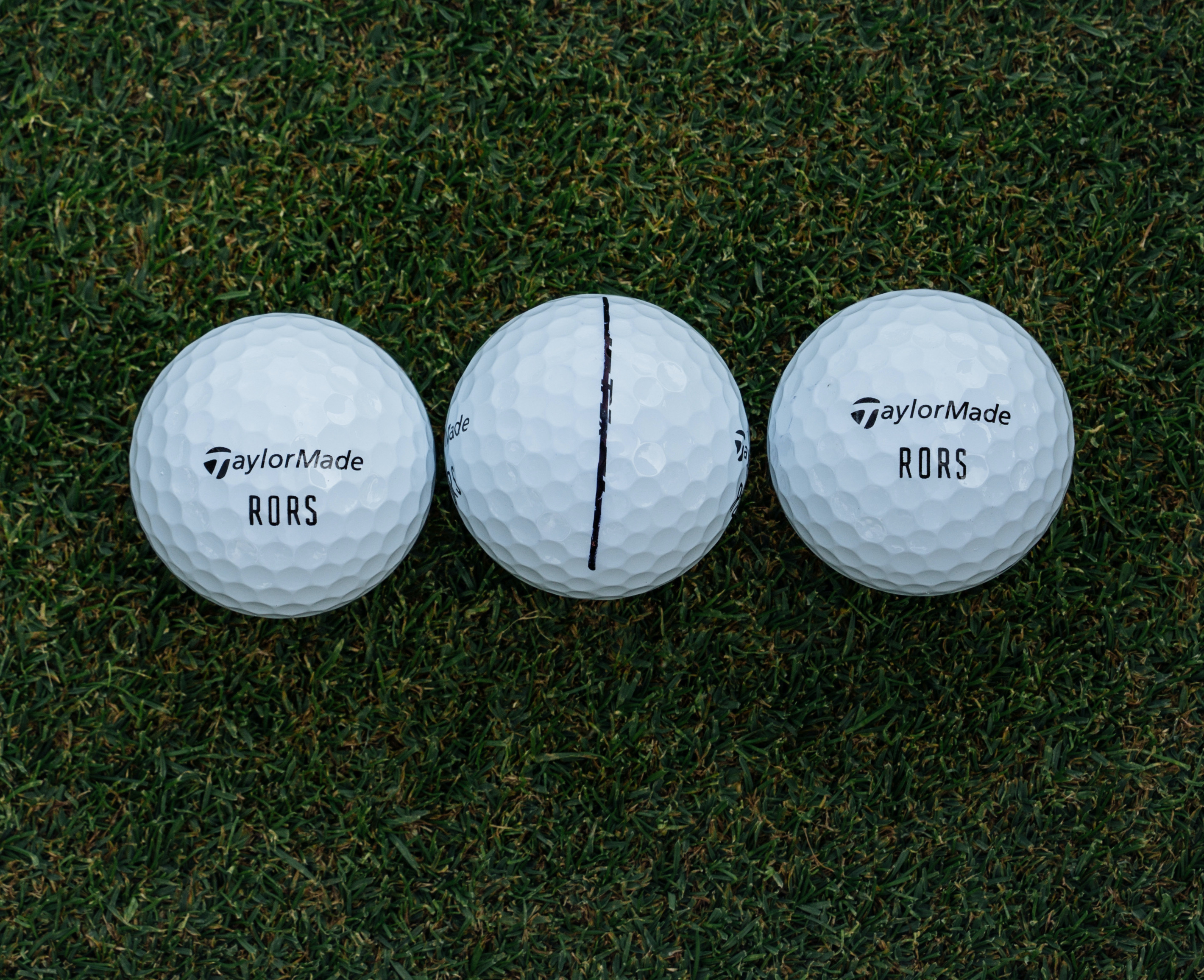
(Photo courtesy of TaylorMade)
Grips: Golf Pride MCC
Check out more in-hand photos of Rory McIlroy’s WITB in the forums.
View this post on Instagram

The winning WITB is presented by 2nd Swing Golf. 2nd Swing has more than 100,000 new and pre-swung golf clubs available in six store locations and online. Check them out here.
- LIKE10
- LEGIT2
- WOW1
- LOL0
- IDHT0
- FLOP0
- OB0
- SHANK1
Whats in the Bag
Kevin Tway WITB 2024 (May)
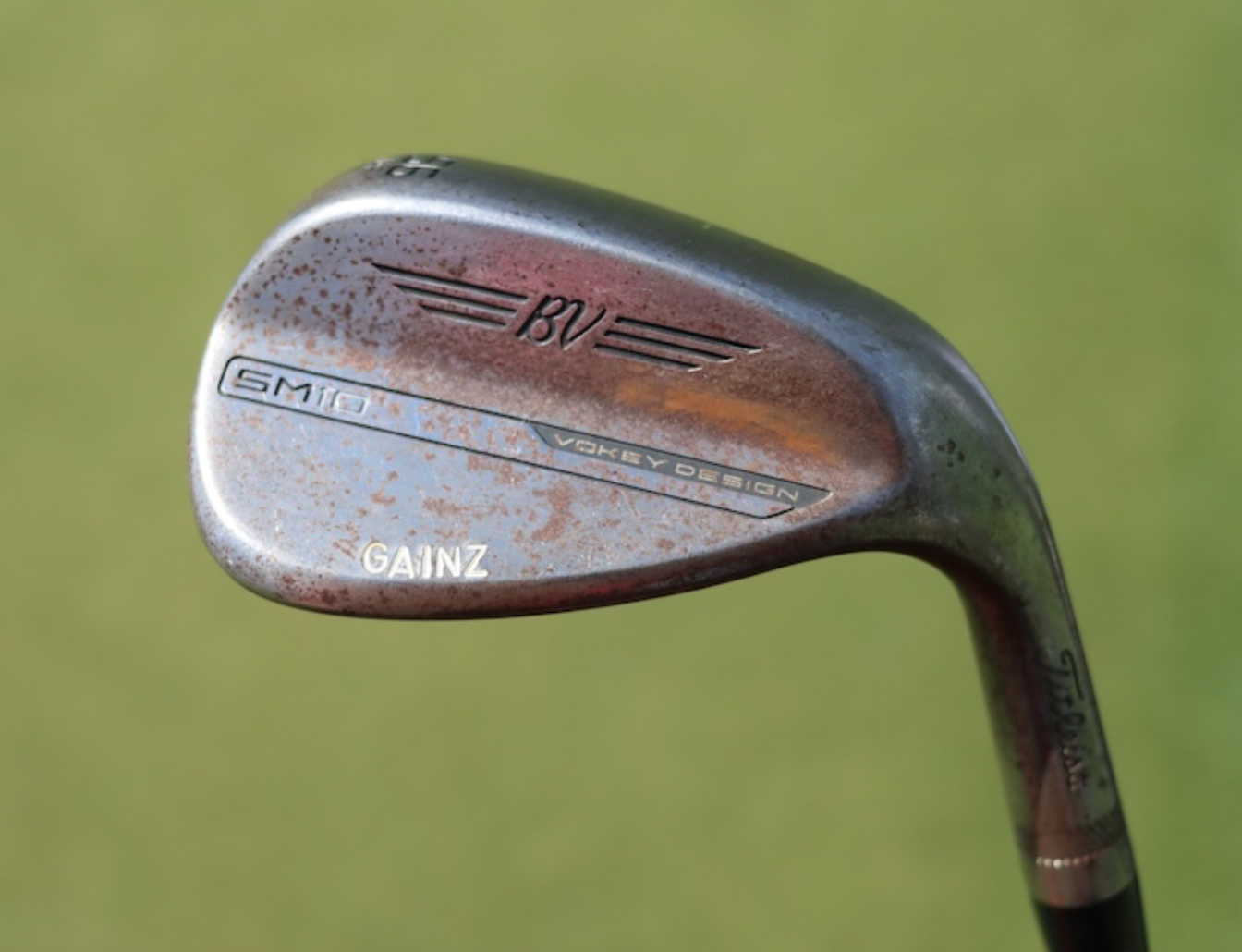
- Kevin Tway what’s in the bag accurate as of the Wells Fargo Championship. More photos from the event here.
Driver: Ping G430 LST (10.5 degrees)
Shaft: Fujikura Ventus Black 6 X
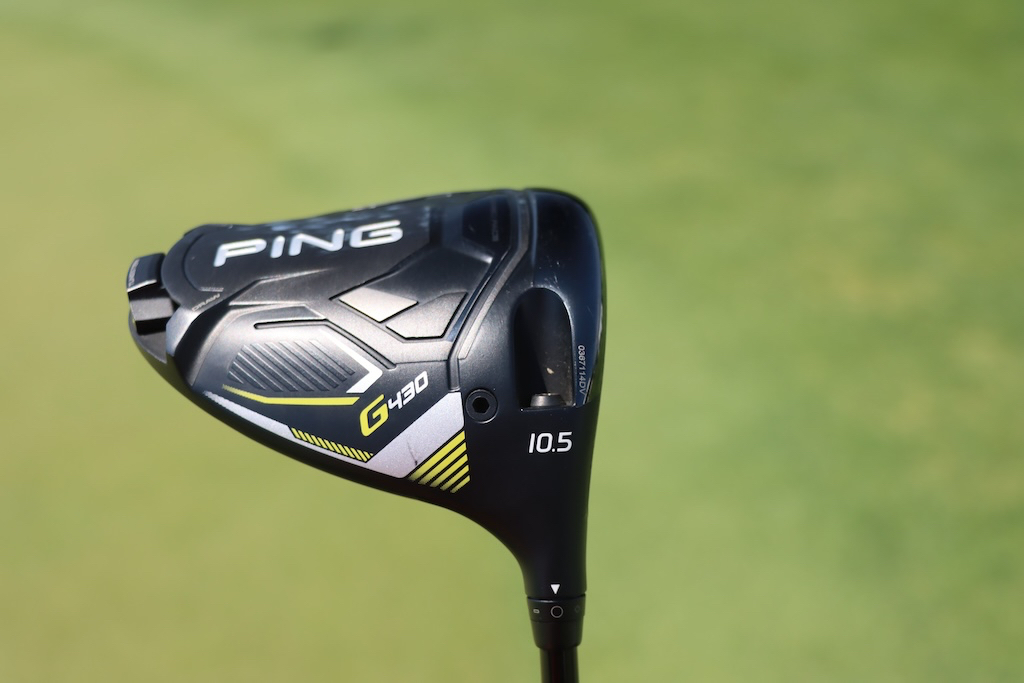
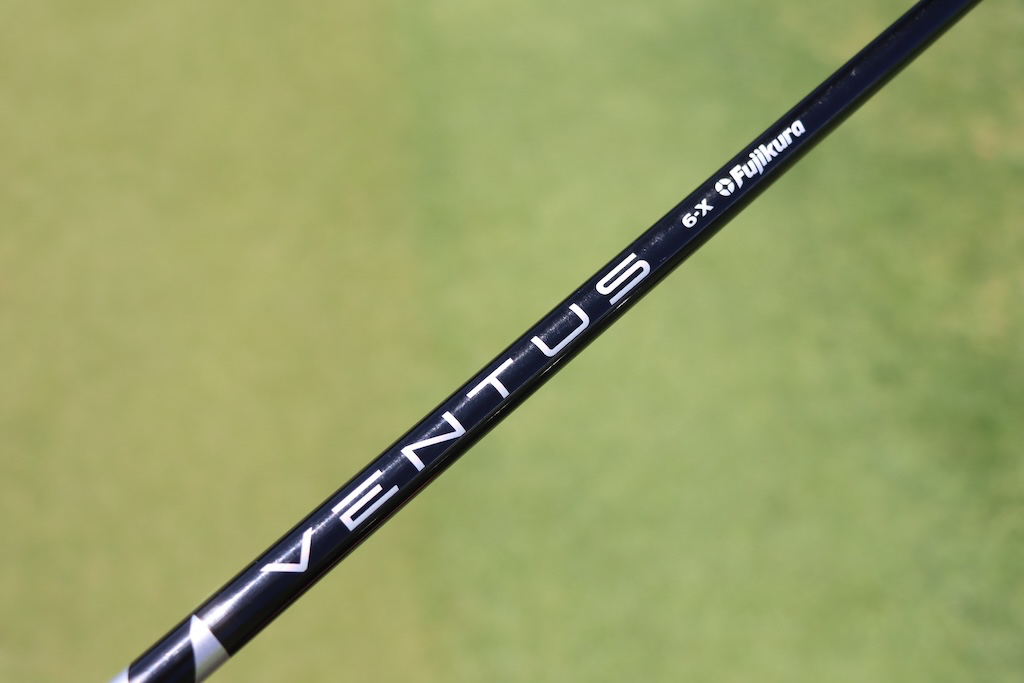
3-wood: TaylorMade Stealth 2 (15 degrees)
Shaft: Mitsubishi Diamana D+ 80 TX
5-wood: TaylorMade Stealth 2 (18 degrees)
Shaft: Mitsubishi Diamana D+ 90 TX
Irons: Wilson Staff Utility (2), Titleist T100 (4-9)
Shafts: Mitsubishi MMT 100 TX (2), True Temper Dynamic Gold Tour Issue X100 (4-9)
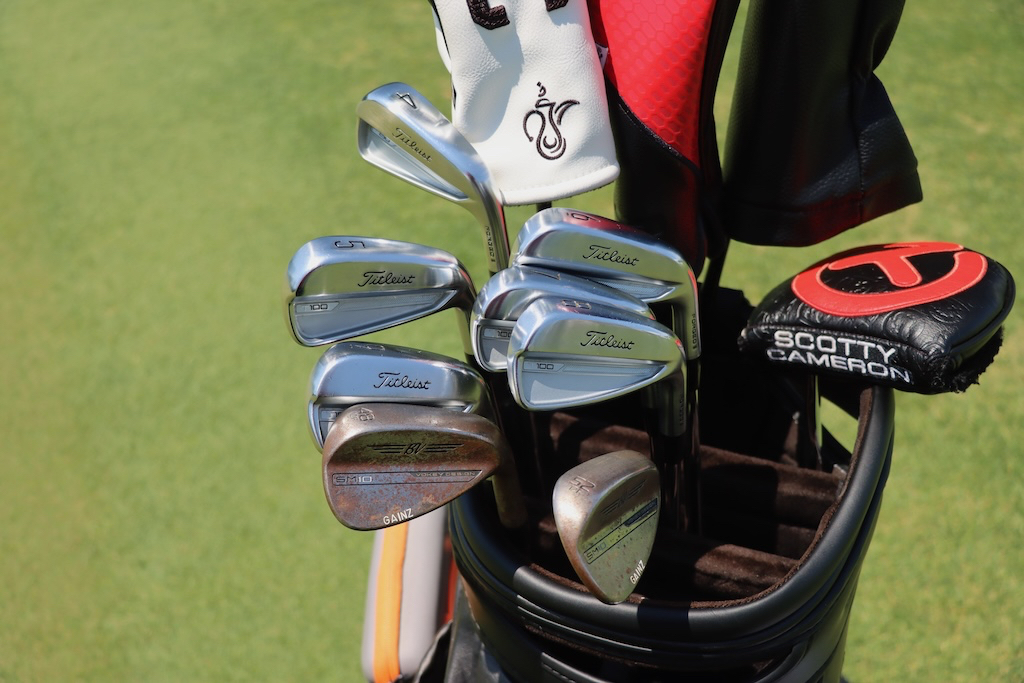
Wedges: Titleist Vokey Design SM10 (48-10F @47, 52-12F @51, 56-14F), SM7 (60-10S)
Shafts: True Temper Dynamic Gold Tour Issue X100 (48-56), True Temper Dynamic Gold Tour Issue S400 (60)
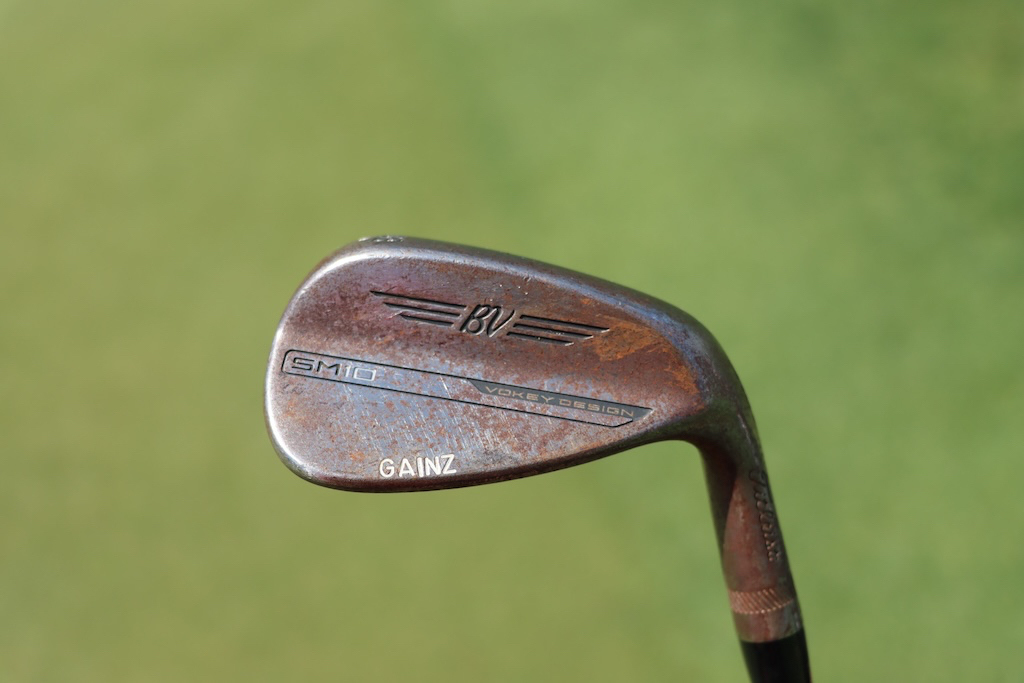
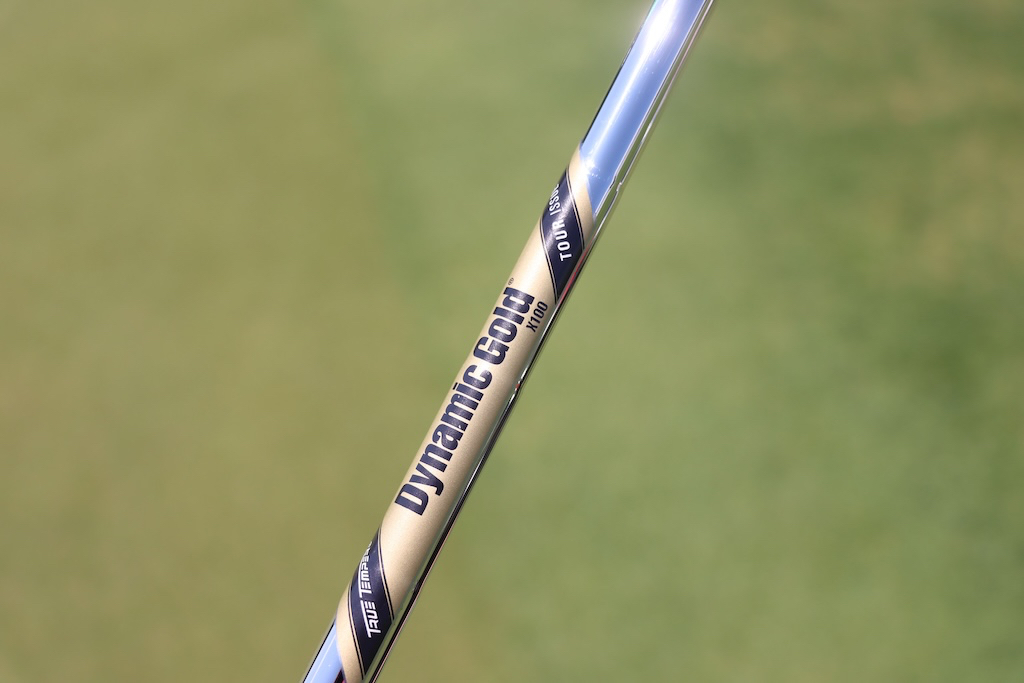
Putter: Scotty Cameron T-5 Proto
Grip: Scotty Cameron Black Baby T
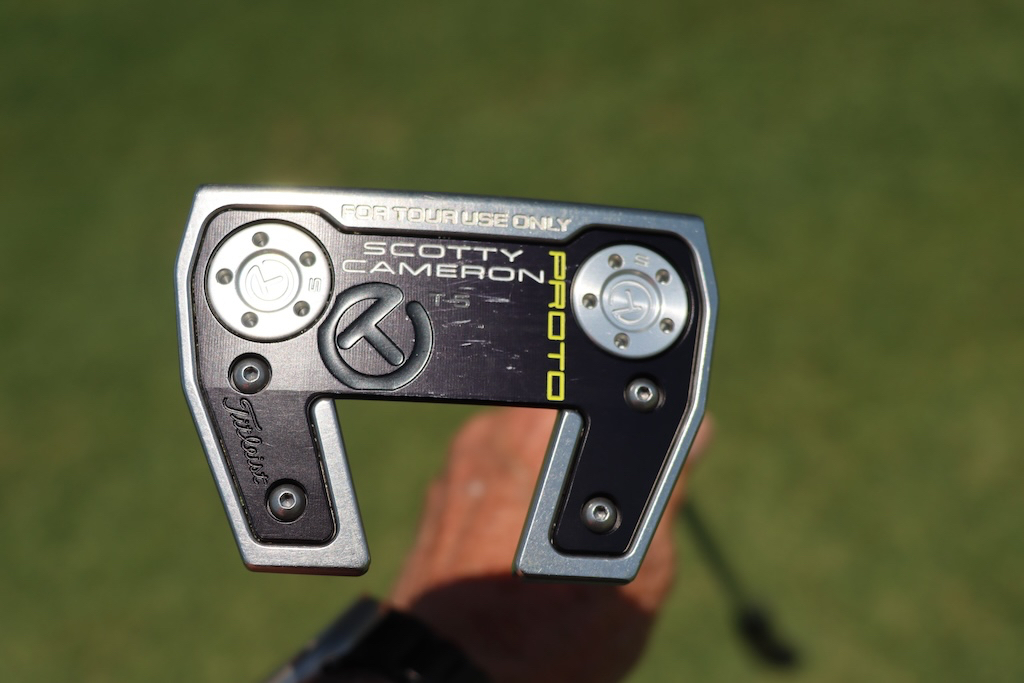
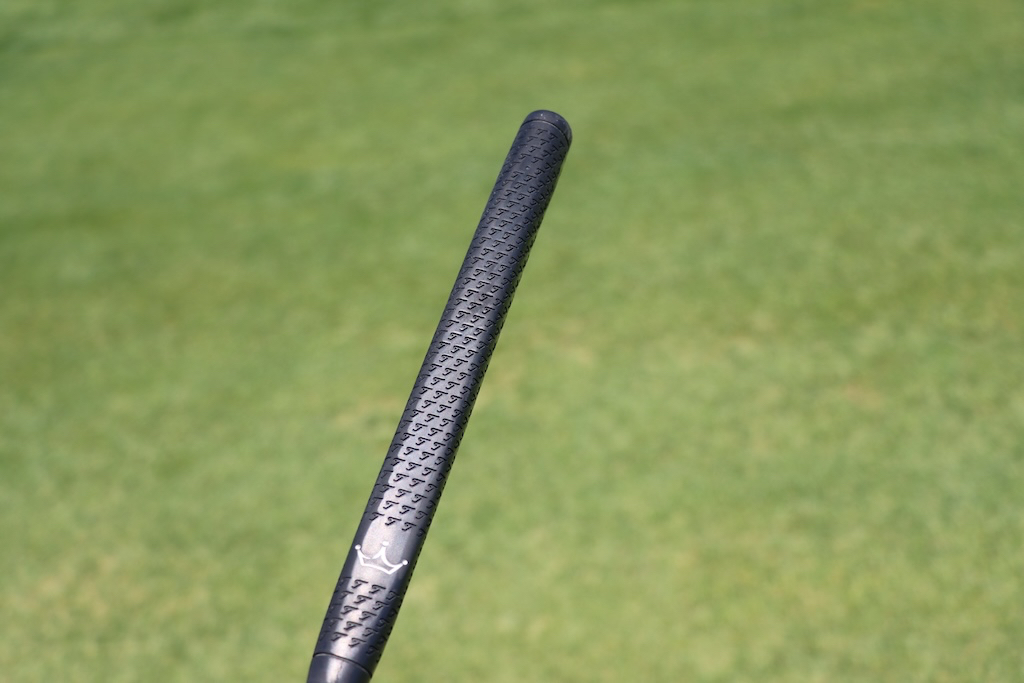
Grips: Golf Pride Tour Velvet Plus4
More photos of Kevin Tway’s WITB in the forums.
- LIKE5
- LEGIT0
- WOW0
- LOL0
- IDHT0
- FLOP0
- OB0
- SHANK0
Equipment
Did Rory McIlroy inspire Shane Lowry’s putter switch?
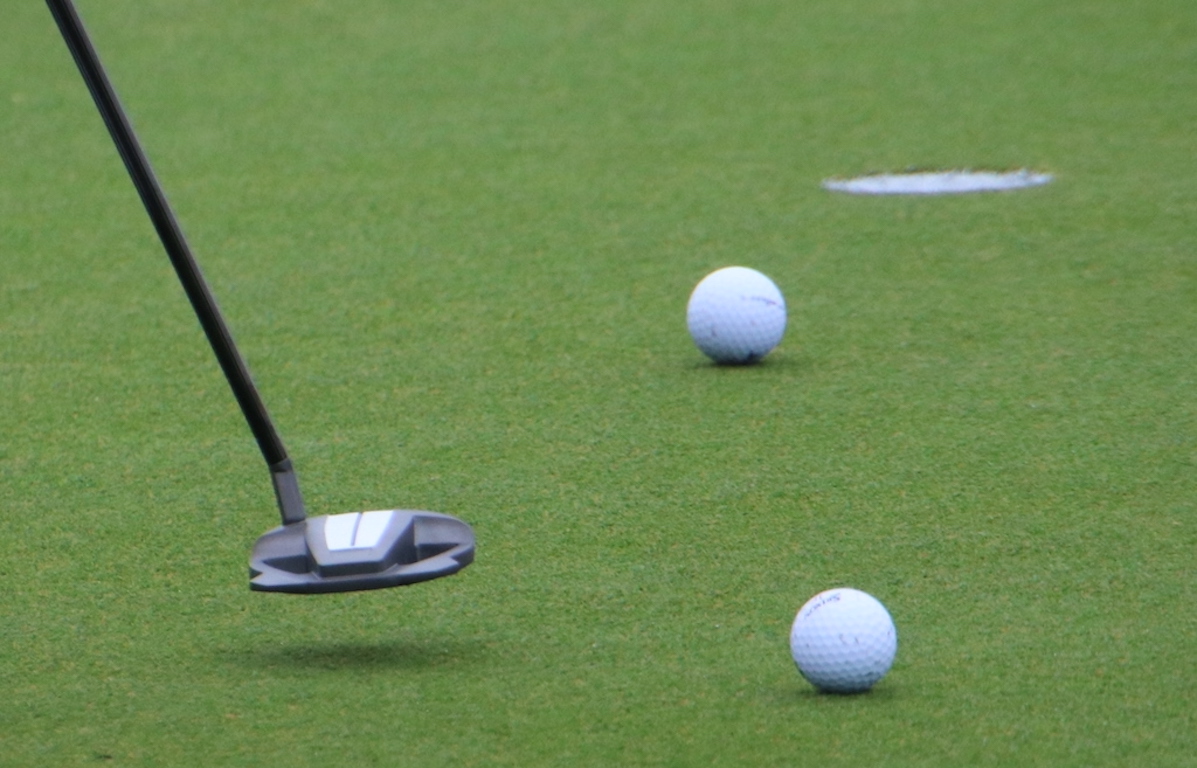
Editor’s note: This is an excerpt from a piece our Andrew Tursky originally wrote for PGATour.com’s Equipment Report. Head over there for the full article.
The timing of Lowry’s putter changeup was curious: Was he just using a Spider putter because he was paired with McIlroy, who’s been using a Spider Tour X head throughout 2024? Was Lowry just being festive because it’s the Zurich Classic, and he wanted to match his teammate? Did McIlroy let Lowry try his putter, and he liked it so much he actually switched into it?
Well, as it turns out, McIlroy’s only influence was inspiring Lowry to make more putts.
When asked if McIlroy had an influence on the putter switch, Lowry had this to say: “No, it’s actually a different putter than what he uses. Maybe there was more pressure there because I needed to hole some more putts if we wanted to win,” he said with a laugh.
To Lowry’s point, McIlroy plays the Tour X model, whereas Lowry switched into the Tour Z model, which has a sleeker shape in comparison, and the two sole weights of the club are more towards the face.
Lowry’s Spider Tour Z has a white True Path Alignment channel on the crown of his putter, which is reminiscent of Lowry’s former 2-ball designs, thus helping to provide a comfort factor despite the departure from his norm. Instead of a double-bend hosel, which Lowry used in his 2-ball putters, his new Spider Tour Z is designed with a short slant neck.
“I’ve been struggling on the greens, and I just needed something with a fresh look,” Lowry told GolfWRX.com on Wednesday at the 2024 Wells Fargo Championship. “It has a different neck on it, as well, so it moves a bit differently, but it’s similar. It has a white line on the back of it [like my 2-ball], and it’s a mallet style. So it’s not too drastic of a change.
“I just picked it up on the putting green and I liked the look of it, so I was like, ‘Let’s give it a go.’”
Read the rest of the piece over at PGATour.com.
- LIKE4
- LEGIT1
- WOW0
- LOL1
- IDHT0
- FLOP0
- OB0
- SHANK2
-

 19th Hole3 weeks ago
19th Hole3 weeks agoJustin Thomas on the equipment choice of Scottie Scheffler that he thinks is ‘weird’
-

 19th Hole3 weeks ago
19th Hole3 weeks ago‘Absolutely crazy’ – Major champ lays into Patrick Cantlay over his decision on final hole of RBC Heritage
-

 19th Hole2 weeks ago
19th Hole2 weeks agoLET pro gives detailed financial breakdown of first week on tour…and the net result may shock you
-

 19th Hole6 days ago
19th Hole6 days agoReport: LIV star turns down PGA Championship invite due to ‘personal commitments’
-

 19th Hole2 weeks ago
19th Hole2 weeks agoGary Player claims this is what ‘completely ruined’ Tiger Woods’ career
-

 Equipment5 days ago
Equipment5 days agoDetails on Justin Thomas’ driver switch at the Wells Fargo Championship
-

 Whats in the Bag2 weeks ago
Whats in the Bag2 weeks agoTeam McIlowry (Rory McIlroy, Shane Lowry) winning WITBs: 2024 Zurich Classic
-

 Whats in the Bag6 days ago
Whats in the Bag6 days agoKeegan Bradley WITB 2024 (May)

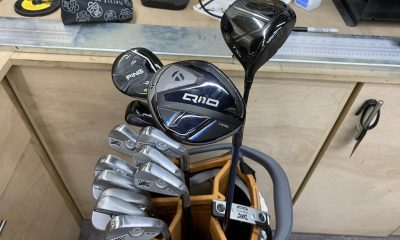

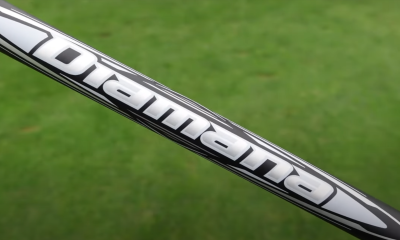







Johnny Taylor
Jan 2, 2019 at 8:39 pm
Ryan,
Looking for a graphite shafts for irons in the 80-110 gram weight range. What would you recommend that for performance and feel at a reasonable price?
Johnny
jimmy
Mar 14, 2018 at 10:20 pm
Graphite shafts have been on the market for over 30 years and they still haven’t engineered out the problems inherent with them. The only reason they still exist is cause they can bring out new models with fancy eye-catching new graphics annually…. to suck in the gullible gearheads.
WA
Mar 14, 2018 at 12:46 am
If this guy wasn’t a club builder he would be working at a quickie lube joint.
Ignat
Mar 14, 2018 at 5:08 pm
huh ????
frank irwin
Mar 13, 2018 at 7:19 pm
What type of tip weights do you recommend using for graphite shafts?
Ryan B
Mar 13, 2018 at 7:53 pm
I have found that these work quite well because you lose minimal insertion depth:
https://www.hirekogolf.com/7-5g-weight-plug-for-graphite-wood-iron-shaft.html
Max
Mar 13, 2018 at 5:25 pm
Love the steelfibers and recoils. Looking forward to try the Mitsubishi Thump’s and Ot’s. Driver speed: 108-110 mph.
Love the feel of graphite. Pure strikes feel better.
jimmy
Mar 14, 2018 at 10:17 pm
you obviously lie like a gearheaded duffer… sooo obvious
steve
Mar 13, 2018 at 4:16 pm
The best graphite shaft on the market is the $1200 Seven Dreamer shafts that are cured in an autoclave which drains out the plastic epoxy component to a minimum. All the other graphite shafts are oven-cured which leaves in the compromising epoxy plastic that causes the floppy soggy shaft tip inconsistent action.
Save your money for the superior Seven Dreamer graphite shafts, boys.
steve
Mar 13, 2018 at 4:18 pm
FYI here’s the link to the Seven Dreamers GolfWRX article:
http://www.golfwrx.com/489200/a-qa-with-seven-dreamers-about-its-1200-shafts/
KevinS
Mar 13, 2018 at 3:46 pm
Just a couple comments. I’m an “older” golfer and club tinkerer and I have to take exception with your point that firm or stiff graphite shafts for irons weren’t really available “back in the day.” They were. You just had to search more for them, high and low. Back in the early ’90s, I reshafted a set of Ram Laser FX irons with models called “Superior Graphite Shafts” by Norman Sports Company — stiff or firm flex. The reshafting, which I did myself, was fairly successful for an amateur, but as you mentioned, I had to end up applying lead tape to the backplate of many. Some not at all (PW); some a little (7 or 8 iron), some a lot (6 iron). Still don’t know today why they all came out so different in swingweight. Also, because of the overall weight and swingweight, I left the reshafted clubs a half-inch longer than the steel counterparts. I still use these clubs from time to time, but ended up abandoning them eventually, not because of the graphite shafts, but because of the Ram Laser’s sharp(er) leading edge and relatively flat sole. Somebody told me I could also grind down the leading edge, but I had fooled around with them enough. I still take them out and use them and like them and would compare the flex comparable with my Hogan Apex shafts #4, albeit lighter. To this day I still have not swung or hit any graphite shafted irons with shafts that feel as firm as the ones I installed in the early 90s. I know they exist; I just haven’t experienced them, even those marked “S.” These cavity-back forged Ram irons with graphite shafts have always launched higher and flown higher, so I have much more difficulty hitting “flighted” or knock-down short-iron shots with them.
Ryan B
Mar 13, 2018 at 7:57 pm
HI Kevin,
Thanks for watching. You are correct that shafts were available but, like I said in the video – to the general consumer something like what you mention was not a very easy to find option for those who shopped at either their local proshop or golf store. This along with misinformed sales people lead to a lot of the misconceptions I talked about.
I really appreciate you watching the video and taking time to comment.
Cheers
steve
Mar 13, 2018 at 12:30 pm
The problem with graphite shaft are at the tip section where the epoxy-graphite matrix behaves like a floppy soggy piece of plastic spaghetti… unless heavily reinforced with exotic materials and even steel fibers.
Any pro using graphite in their irons has the shaft tips heavily reinforced with space age materials or metal strands to make the shaft tips behave predictably.
That was the problem with graphite shafts when introduced 40 years ago and the problems are still not solved. Floppy soggy plastic straws.
steve
Mar 13, 2018 at 4:37 pm
Furthermore, driver shaft tip diameters were boosted to 0.350″ from the old standard of 0.335″. This has a significant affect on tip torque. This increase was done to increase tip torque resistance on graphite shafts and to hopefully stabilize the tip as it twists and flexes.
FYI… torque resistance for a thin-walled tube varies as the cube of the diameter. Even though it’s only about a 5% diameter increase, the torque resistance is increased by ~13%. It still doesn’t solve the problem of floppy soggy graphite shaft tips. Only the Seven Dreamers shafts fix the problems.
George
Mar 13, 2018 at 7:52 pm
FYI stiff graphite shafts can be achieved without going to exotic fibres.
Defy you to compare Nunchuk Xi iron shafts against any of the ridiculously expensive exotics.
Patents on Nunchuk include the method of wrapping the graphite. Defy you to find a stiffer tip, by design, on the market. Virtually zero droop, twist or kick at impact.
Cheers
PS video on nventix.com, Dallas Texas
jimmy
Mar 14, 2018 at 10:15 pm
A shaft with zero droop, twist or kick at impact would be totally unplayable because it would eliminate the whipsnap necessary in final release going into impact. Such a shaft would reduce the swing to shovelling and injure your hands and wrists too.
Duncan Marc
Mar 13, 2018 at 11:39 am
If torque has nothing to do with accuracy, how can it be a factor? Contradictory statement.
Mat
Mar 13, 2018 at 4:22 pm
Torque is very important. Just make sure it is a low twist graphite. But ya, that statement was way, way off.
Ryan B
Mar 13, 2018 at 8:02 pm
Hi Duncan,
Thanks for watching the video.
What I mean when I talk torque is that it is not a deciding factor when it comes to accuracy. It is an aspect of design for engineers as far manufacturing goes, but the overall profile and weight will have a bigger impact.
Torque is really a byproduct of the overall design of the shaft and not the deciding factor as far as final accuracy goes.
Thanks for watching!
steve
Mar 13, 2018 at 9:01 pm
“torque” is imposed on the shaft tip by the eccentric clubhead attempting to dynamically align to the shaft axis in the downswing and through Release.
There is a “centrifugal” torque imposed by the clubhead that results in shaft droop; and, there is axial torque that is created by the eccentric CofG of the clubhead closing the driver face and the iron face if the leading edge is offset significantly.
Torque is most certainly a large factor in clubface accuracy at Impact.
George
Mar 14, 2018 at 8:02 am
FYI stiff graphite shafts can be achieved without going to exotic fibres.
Nunchuk Xi iron shafts compare against any of the ridiculously expensive exotics.
Patents on Nunchuk include the method of wrapping the graphite. Challenge you to find a stiffer butt and tip, by design, on the market. Virtually zero droop, twist or kick at impact.
Cheers
PS video on nventix.com, Dallas Texas